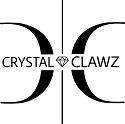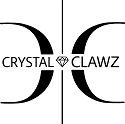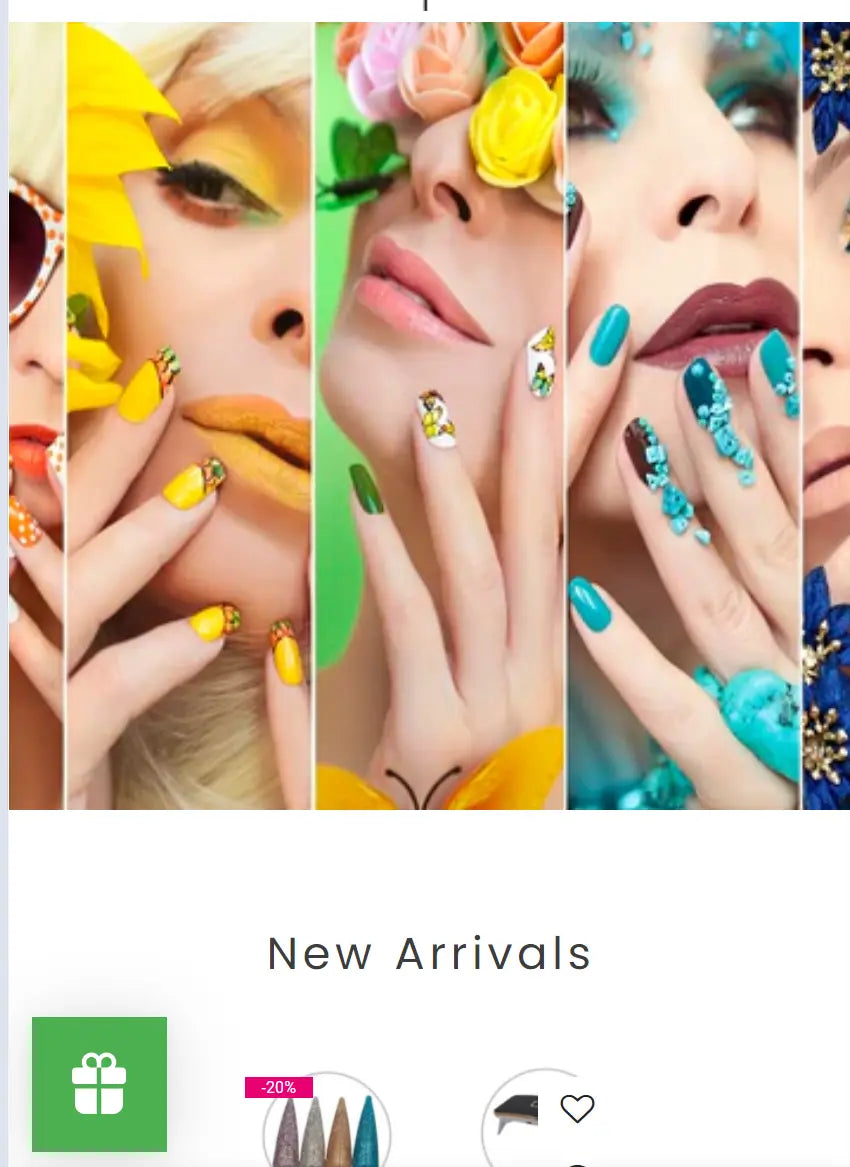By now we all know (or at least should know) the importance of wearing sunscreen each and every day, regardless of the time of year. That’s because the concept of contracting cancer from tanning beds and the sun has become a prevalent topic in everyday beauty talks. But did you know that there are other skin cancer culprits out there? Case in point: gel manicure UV lamps.
We know what you’re thinking: No way—people everywhere book gel manicures every two weeks. While that’s certainly true given how popular the long-lasting nail technique has become, it’s also true that the UV lamps used to create these chip-proof nail looks can be pretty damaging. Ahead, one of the country's few dermatologists specializing in nail health, Dr. Dana Stern, weighs in on the risks (and exactly how common they are).

General UV Concerns
As the name might make you assume, gel manicure UV lamps emit—you guessed it—UVA light. This is particularly concerning considering UVA light is associated with signs of skin aging, including dark spots and wrinkles. While many people believe that LED lights are a better choice, Dr. Dana Stern, an NYC-based board certified dermatologist specializing in the diagnosis, treatment, and surgery of the nail, says otherwise. “Even if it is an LED device (most of the at-home devices are LED and many salons have LED light sources), the light is within the UVA spectrum,” she explains, noting that they are theoretically equivalent in regards to photo-aging and carcinogenic risks.
“There have been many studies that have looked at the skin cancer risk of these devices and determined the risks to be very low, albeit difficult to quantify due to myriad variables including lamp types, bulb changing frequency, and light exposure time variations,” Stern says. In the end, it often comes down to one simple fact: The longer you’re exposed to UV nail lamps, the higher the chance of adverse skin effects.

UV and Premature Aging
Point blank: Just as UV sun exposure can lead to the formation of fine lines and wrinkles all over the face and body, any and all exposure to UV gel manicure lamps can promote premature aging of the hands. Stern reminds that, from the get-go, hands are a telltale sign of aging.
“The physiology of the skin on the hands coupled with the unique exposures that hands are particularly vulnerable to, make hands a recipe for premature aging,” she explains. “The dorsal hand is composed of veins, fat, and tendons. With aging and years of UV exposure, the skin on the dorsal hand loses elasticity, and becomes thinner
What’s more, hands are often forgotten about. Where so many of us spend time caring for our complexions, few can say the same about their hands. Since gel manicures are a regular part of many people’s beauty routines, it’s important to put the extra effort into pampering your palms, fingers, and the tops of your hands to play it safe when getting a gel manicure.

Phototoxicity
UV light is damaging all on its own, however, when you add skin sensitivity to the mix, it can be even more so. “If you are taking certain medications, when combined with light, they can cause an increased risk of sunburn as well as lifting/separation of the nail (photo-onycholysis) or an increased risk of damage to the retina in the eye,” Stern says, noting that people often look towards the light as their nails are curing.
To ensure that your skin is at as little risk as possible, be sure to consider the medications you’re taking before booking your next gel manicure. Stern points out that one common culprit is Doxycycline (used for the treatment of acne and infections). If you’re taking other medications and are unsure of their side effects, Stern says to consult your doctor to determine risks of photosensitivity or phototoxicity before placing your hands under a UV (or LED) light.

Nail Thinning
UV lamps might be concerning for skin, but they can be for nails too. Not only because they can lead to lifting and separation, but because constant exposure to UV-cured gel polishes can break down the nail and cause them to thin out. Of course, this is another topic up for debate, as the actual cause of thinning can either be due to 1) the chemicals in the gel polishes, or 2) the method of removing durable gel polishes from the nail.
The best way to avoid nail thinning side effects commonly associated with UV gel manicures is to be mindful about which polishes and removal methods you opt for.
In general, soak-off gel polishes, a.k.a soft gels, are the way to go. “When having a soak-off gel manicure, be sure to ask how the gel product will be removed and make sure that the product won’t be removed with a gritty file, sander, or other instrument where the polish is vigorously scraped off,” Stern says. “These methods can cause tremendous and sometimes irreversible damage to the nail as well as the cuticle and matrix. Remember time is money in a nail salon. You need to be your own advocate, armed with information.”
Even when opting for soft gel manicures, getting them consecutively can lead to nail damage if you don’t take the time to strengthen your nail beds.

How to Protect Your Hands
Despite the many variables that play a role in how damaging gel manicure UV lamps are, Stern notes that photo-aging consequences are a real concern for regular UV gel manicure users. “As such, I advise protecting your hands with either a broad spectrum sunscreen applied 15 minutes before exposure, or a piece of fabric or fingertip-less gloves in order to protect the skin on the hands from the aging effects of UV light.” Credit: Rebecca Norris
Credit: Rebecca Norris




